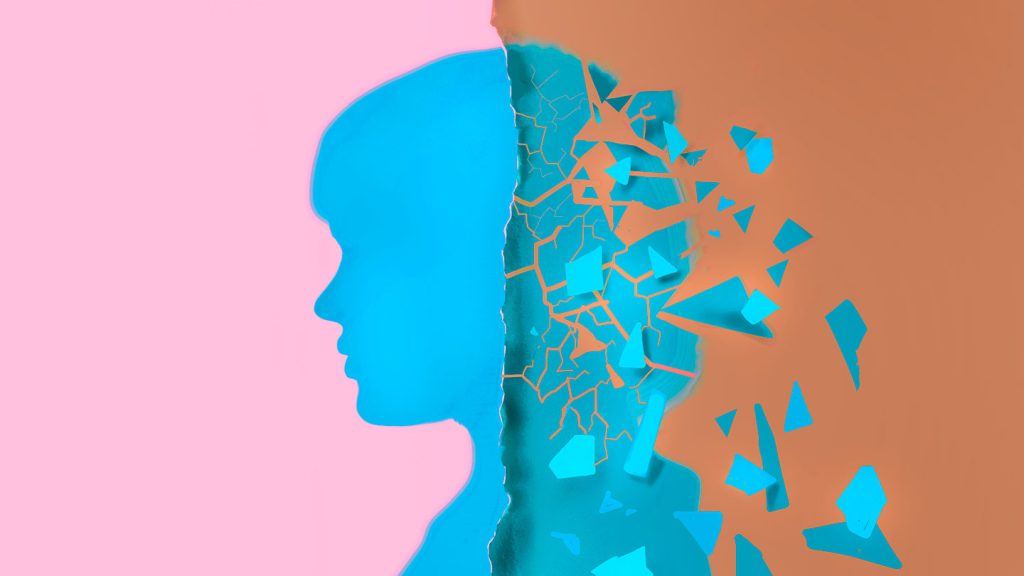The theory of a midlife crisis is now being questioned and potentially debunked by scientists who have found new evidence contrary to the long-standing belief. In a recent study, researchers discovered variants of happiness trends in nonindustrialized communities in Asia, Latin America, and Africa, challenging the global and quantifiable midlife crisis theory that has been widely accepted since the 1960s. This new evidence, along with mounting criticism of the U-curve of happiness, which suggests a dip in happiness in midlife followed by a rebound, is reshaping the way researchers view happiness across the lifespan.
David Blanchflower, a proponent of the midlife crisis theory, recently released working papers and blog posts discrediting the U-curve theory he once championed. He highlights a shift in happiness trends, particularly among teens and young adults, which has led to a reevaluation of the midlife crisis narrative. Blanchflower believes researchers should now focus on understanding the challenges faced by younger generations and take steps to address their mental health concerns. This shift in perspective challenges the one-size-fits-all approach to happiness trends and underscores the complexity of human experiences across different age groups.
Critics of the midlife crisis theory, such as economist Andrew Oswald and psychologist Nancy Galambos, point out the limitations of simplistic narratives that fail to capture the nuances of human development and well-being. Galambos suggests that there may be a tendency to replace the midlife crisis narrative with an adolescence crisis narrative, posing the question of whether researchers are still searching for a singular trajectory of happiness. Margie Lachman warns against overlooking the mental health needs of adolescents by solely focusing on midlife experiences, emphasizing the importance of holistic approaches to well-being at different life stages.
While the U-curve theory has been supported by numerous studies over the years, there are lingering doubts about its validity. Some researchers speculate that cohort effects, such as those experienced during the Great Recession or the rise of smartphones and social media, may have influenced happiness trends observed in midlife. The ongoing debate surrounding the U-curve theory highlights the complexity of studying happiness and well-being across different time periods and populations. Researchers are challenged to consider alternative explanations for happiness trends and acknowledge the multifaceted nature of human experiences.
Blanchflower’s acknowledgment of the changing landscape of happiness trajectories across the lifespan signals a shift in the scientific community’s understanding of well-being. While the U-curve theory has long been a cornerstone of happiness research, recent findings and criticisms suggest a need for a more nuanced approach to studying happiness. By questioning established theories and exploring new research avenues, scientists aim to gain a deeper understanding of the factors that contribute to well-being at different stages of life. Ultimately, the evolving conversation around midlife crises and happiness trends reflects the ongoing quest to unravel the complexities of human psychology and well-being.


